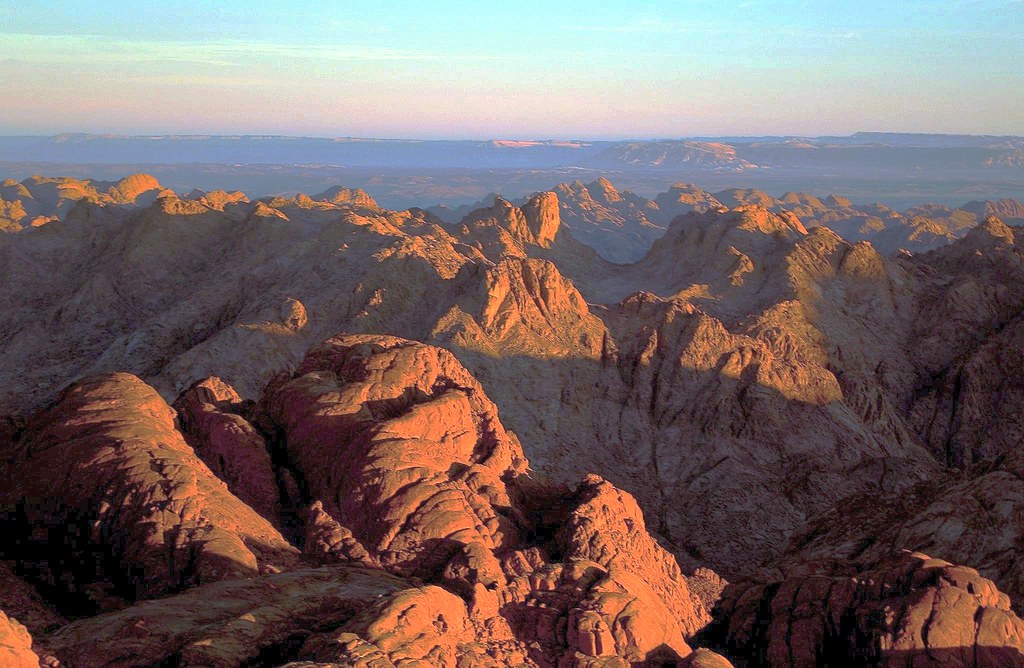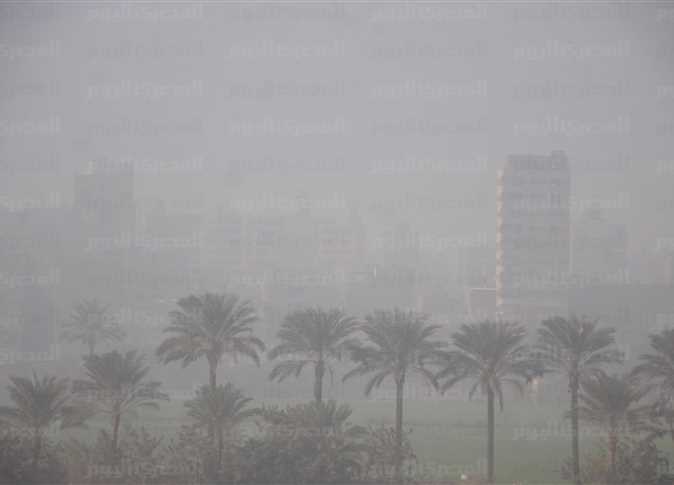
The United States acknowledges that the east-west railroad network marked the beginning of the development of the Midwestern United States, followed by the west and the west coast, with the railroad becoming the star of the American economic renaissance.
Russia also recognizes that extending railroad lines to Siberia represented the most significant conquest in Russia’s long history, since the days of the Czars and throughout the Soviet era. Before the arrival of the railroad, Siberia had been too cold and inhospitable for human settlement.
Even in Saudi Arabia, there exist those who ask: How, in the era of rockets and planes, does Saudi Arabia decide to restore life to the railways — not only to link the cities of the Hijaz, but also linking Jeddah on the Red Sea, and extending to the eastern region of the Arabian Gulf. Is this a setback?!.
Likewise, we have proposed establishing a national project to connect all of Sinai via railway network, which will allow us to finally end the separation of Sinai — by land — from the Nile Delta.
Such a railway network does not only revolve around economic goals, though those goals are certainly critical. Most importantly, a railroad network linking Sinai with the rest of Egypt ends forever the region’s isolation and solves the problems inherent in commuting from East Delta to Sinai. It would help us to forget that the Sinai peninsula is a triangle of land located between the Gulfs of Suez and Aqaba. Sinai, no longer an isolated peninsula, would be opened.
The central Sinai region is the most sensitive, because the enemy — any enemy from the east — can launch its weapons east of our borders, reaching the coast of the Suez Canal within 6 hours at Umm Khushayb. The weak point in this is central Sinai, a region with which the majority of Egyptians are unfamiliar.
North Sinai is well-known around the world, and South Sinai is famous internationally for vacation spots along the Red Sea like Sharm el-Sheikh and other touristic attractions. Central Sinai, however, is the most beneficial region, economically and in terms of human capital.
I admit that we have neglected central Sinai frequently for decades — its oases, olive trees, agricultural wealth, and mining resources. Ask the scholars about the mineral and marble wealth in this area – even the soil there is rich with clay needed to manufacture cement.
■ ■ Do not ask, however, how much this vital project will cost. Instead, ask about its impact, and Sinai will become a land opportunity. The western area of Sinai on the Gulf of Suez is our most important source of oil, but central Sinai is the real treasure, and studies have confirmed that. This will not be achieved now through the implementation of scattered projects here or there, but rather through a single national project that incorporates and achieves all these goals — railways.
Image: The sun rises over Jabal Mousa in the southern Sinai peninsula. Photo courtesy of Flickr.




